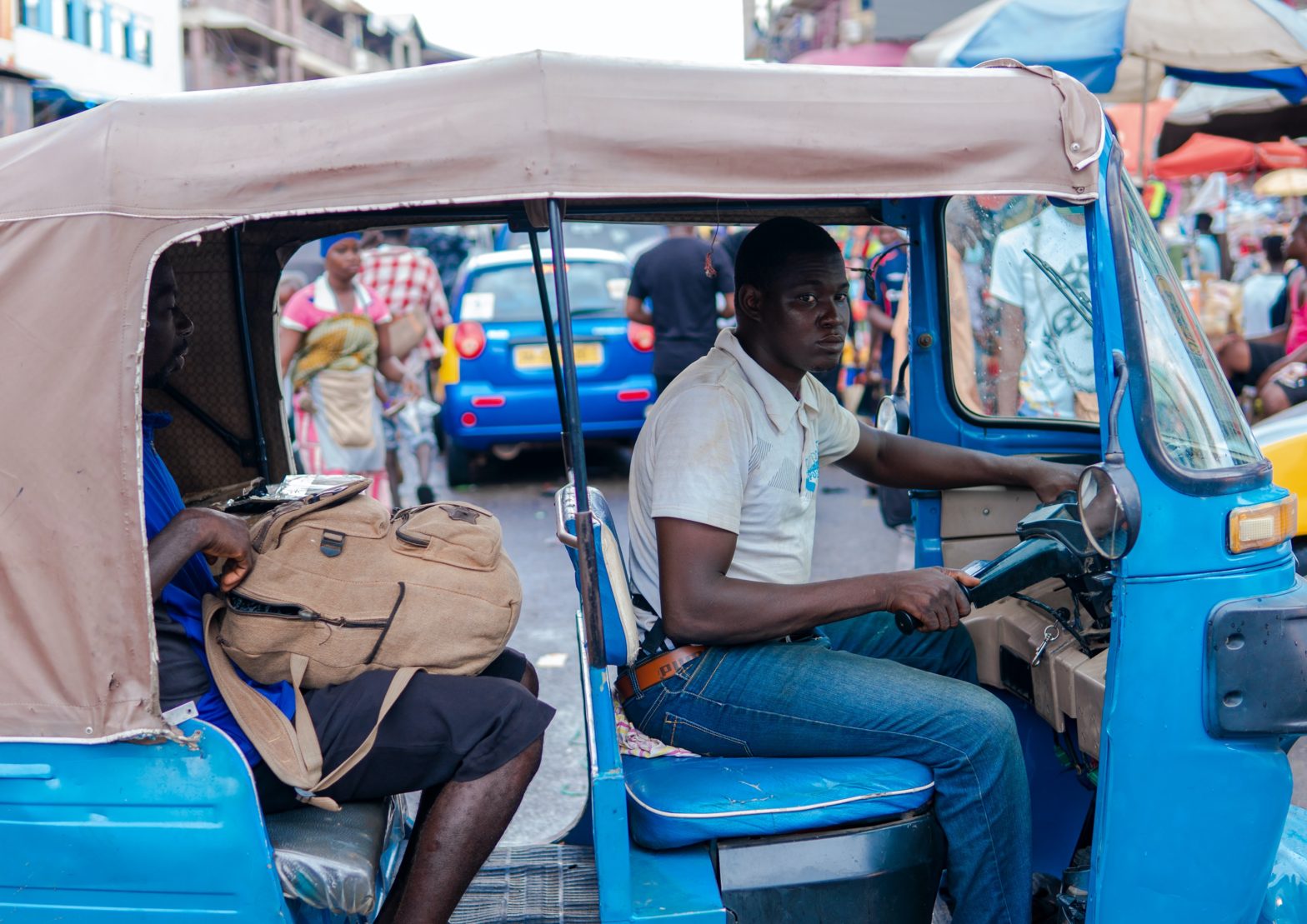
Photo: kojo-kwarteng-unsplash
Lack of mobility data holding back Ghana’s second city
25 November 2022
by Christopher Carey
Kumasi, Ghana’s second-largest city, is facing big transport challenges.
With a population of 3.5 million people, a sprawling infrastructure and a huge informal economy, measuring how people move around is problematic.
“The laws are there, the standards are there, but when it comes to enforcing them and seeing that they work – some people don’t want to take the bull by the horns,” Randolf Wilson, Kumasi’s Head of Transport, told Cities Today on the sidelines of the Smart City Expo World Congress in Barcelona last week.
“Others just take advantage of this and do what they want.”

A huge part of the city’s public transport network is based on an informal patchwork of taxis and privately owned mini-vans, colloquially known as tro-tros.
Because of this, gathering reliable statistics on usage to plan for transport projects is not easy.
“Establishing a database on public transport operations [in Kumasi] is my most pressing concern now.
“If we are able to know in reality the numbers of vehicles, drivers, the routes, passengers – everything, only then can you begin to really plan.
“Looking at where the system currently is, it’s way below what I want it to be.”
Rapid transit
Legally, providers of public transport in Kumasi must belong to a recognised transport union and abide by their regulations, but in reality rules can be bypassed.
The city is currently exploring the introduction of a Bus Rapid Transit (BRT) line, with aid from the World Bank.
A report commissioned by the organisation earlier this year echoed Wilson’s concerns, concluding that: “While good effort has been put into collecting data and initiating the proposal for a BRT for Kumasi, there is a need for more improvements both in data collection and the design of several elements of the BRT system.
“Critical to this project is that the Directorate of Urban Roads should review all ongoing road improvement projects and ensure that BRT is well accommodated along the corridors.”
Solution
When looking at how to gather data in a coherent manner, the city is still very much at the early stages.
According to Wilson, information on key routes, loading points, terminal stations and vehicle and driver registrations must be collected.
Coupled with this, the city needs relevant software and staff training, along with stakeholder engagement and a coherent enforcement strategy.
The task is daunting but Wilson remains optimistic.
“This, I know, will revolutionise transport service provision in the developing world – it will help rationalise informal transport services,” he said.
Image: kojo-kwarteng-unsplash











